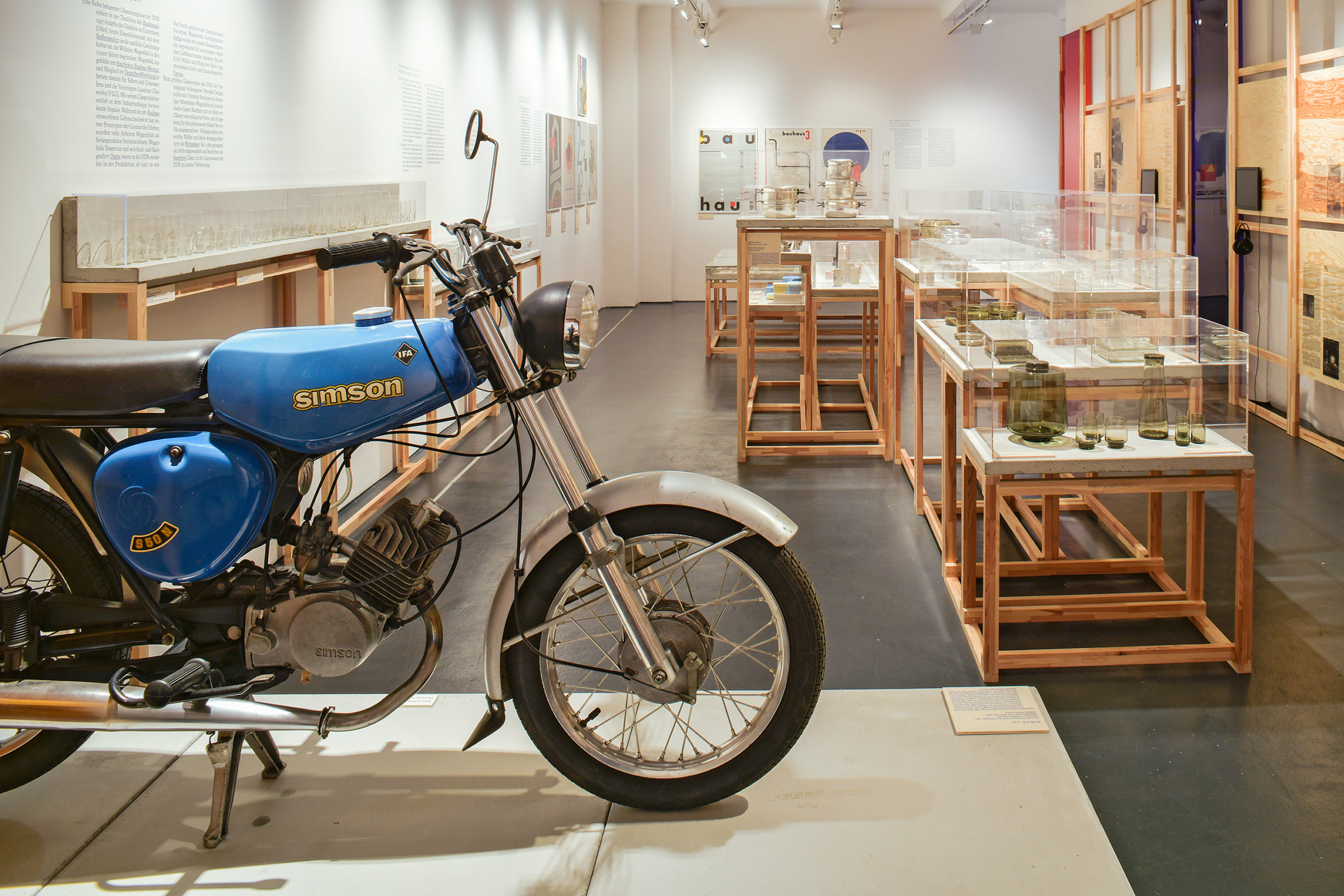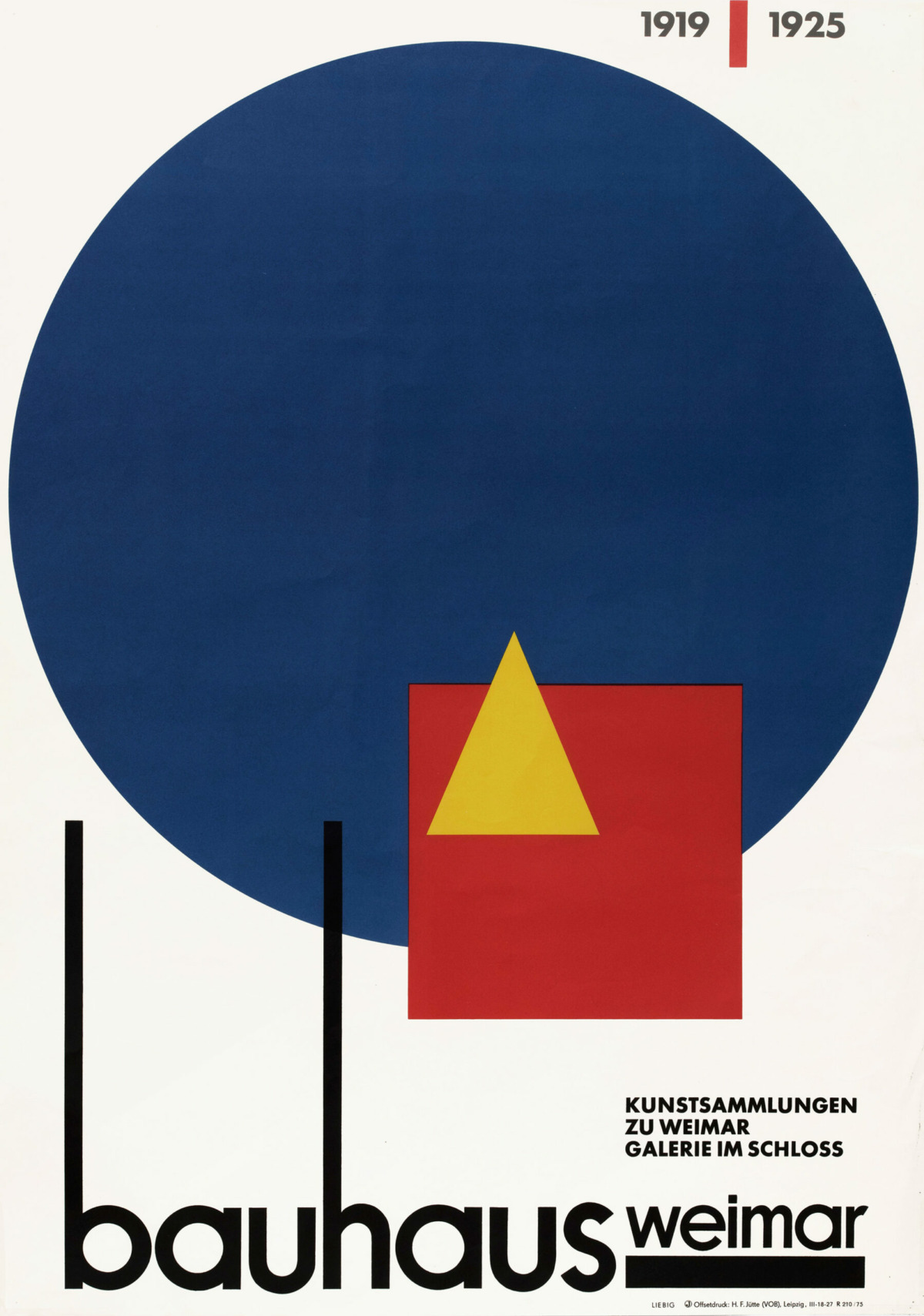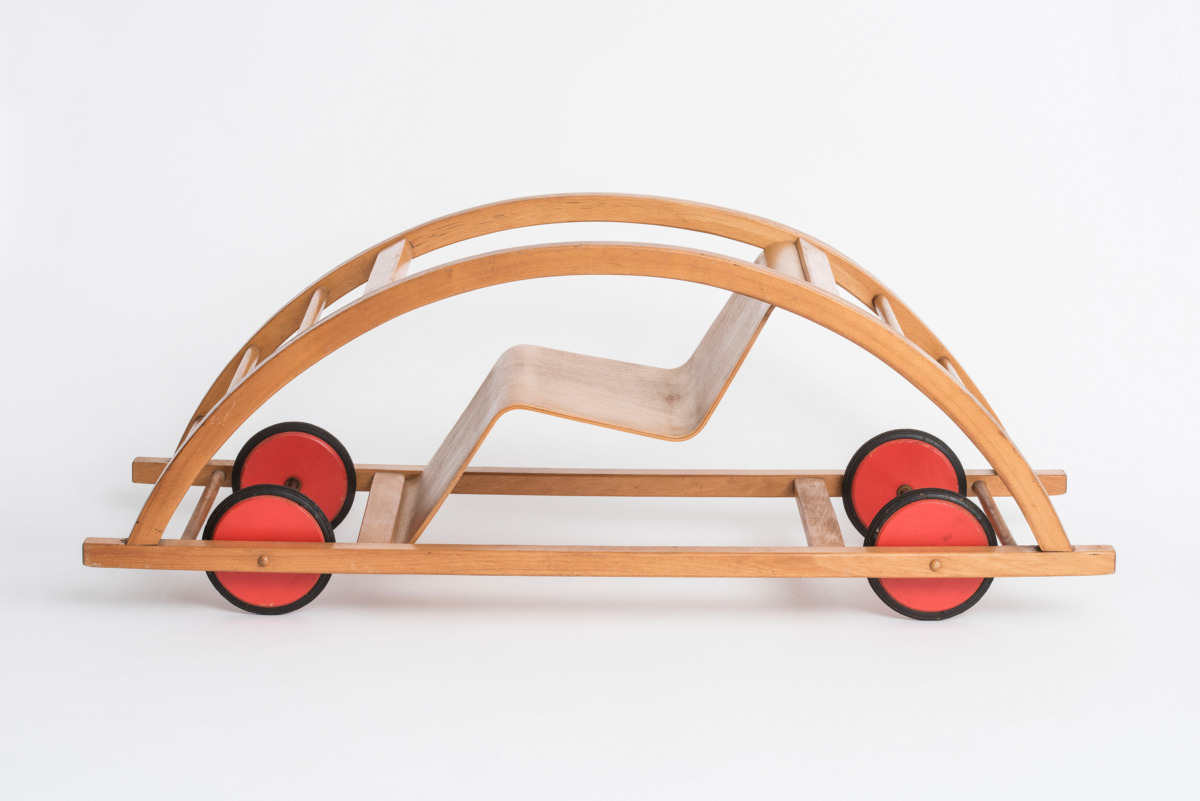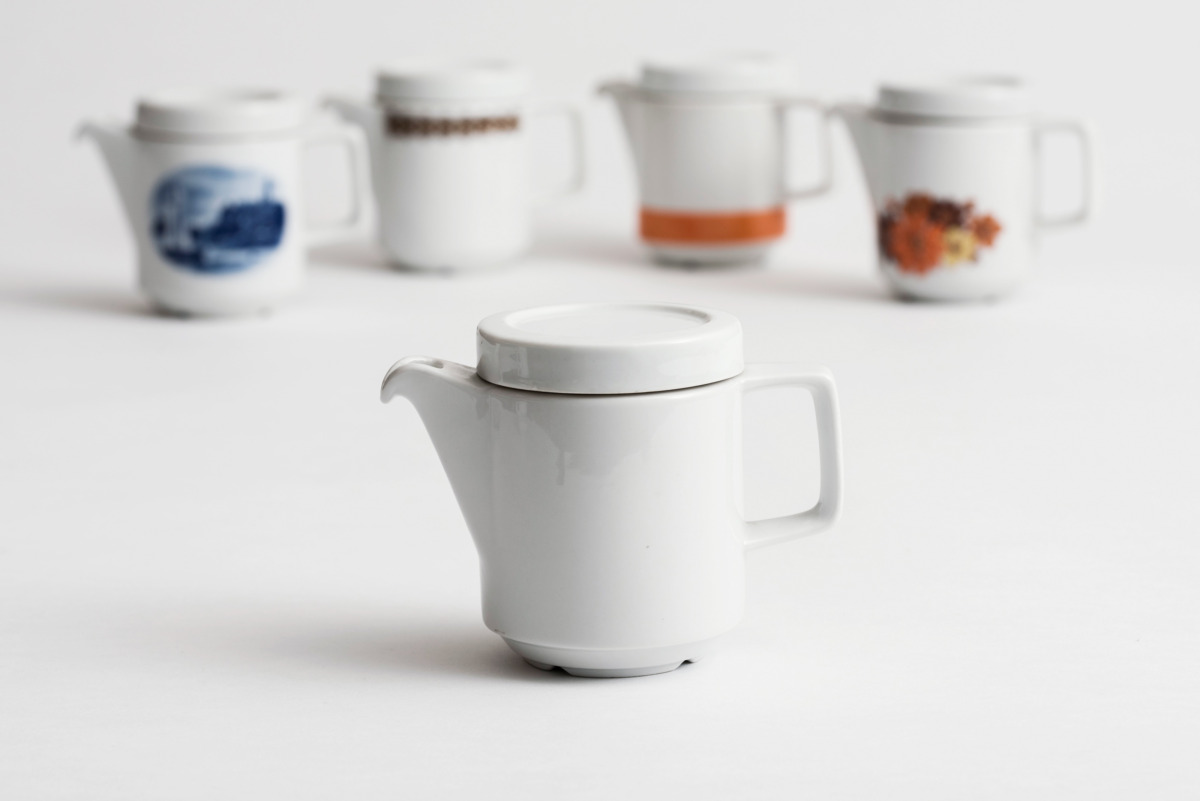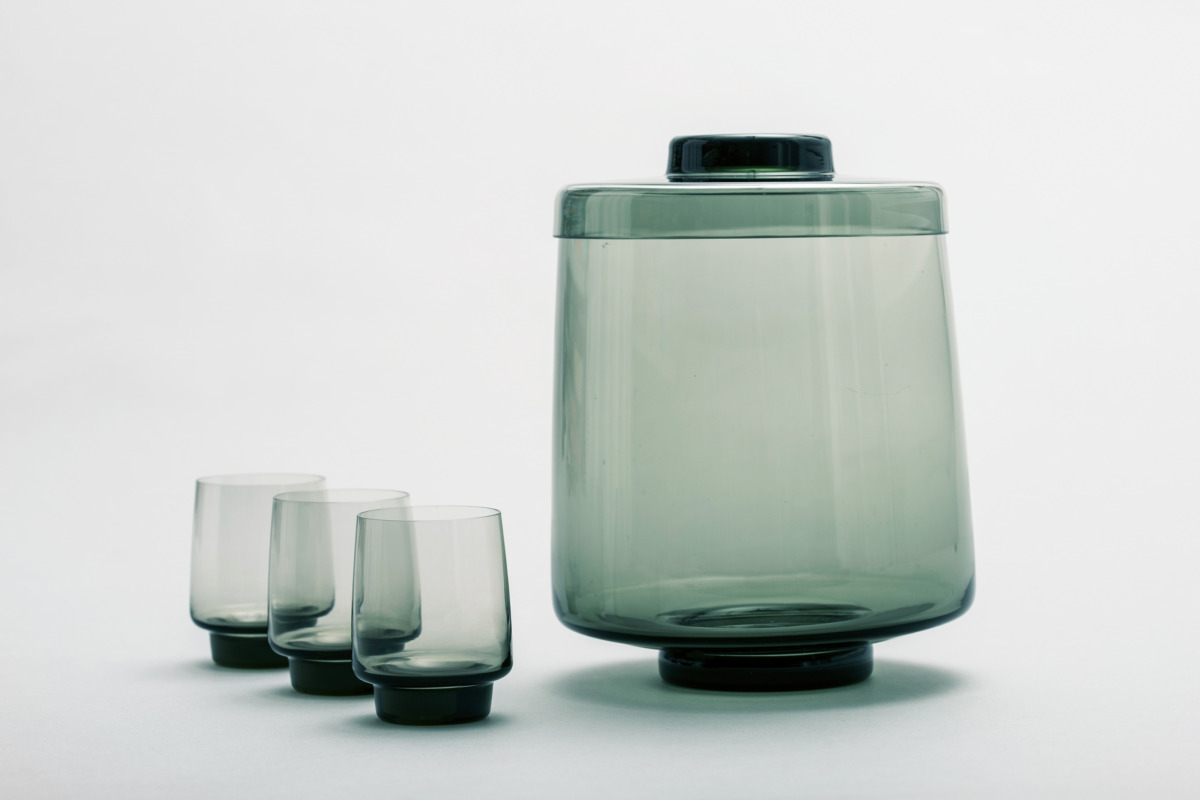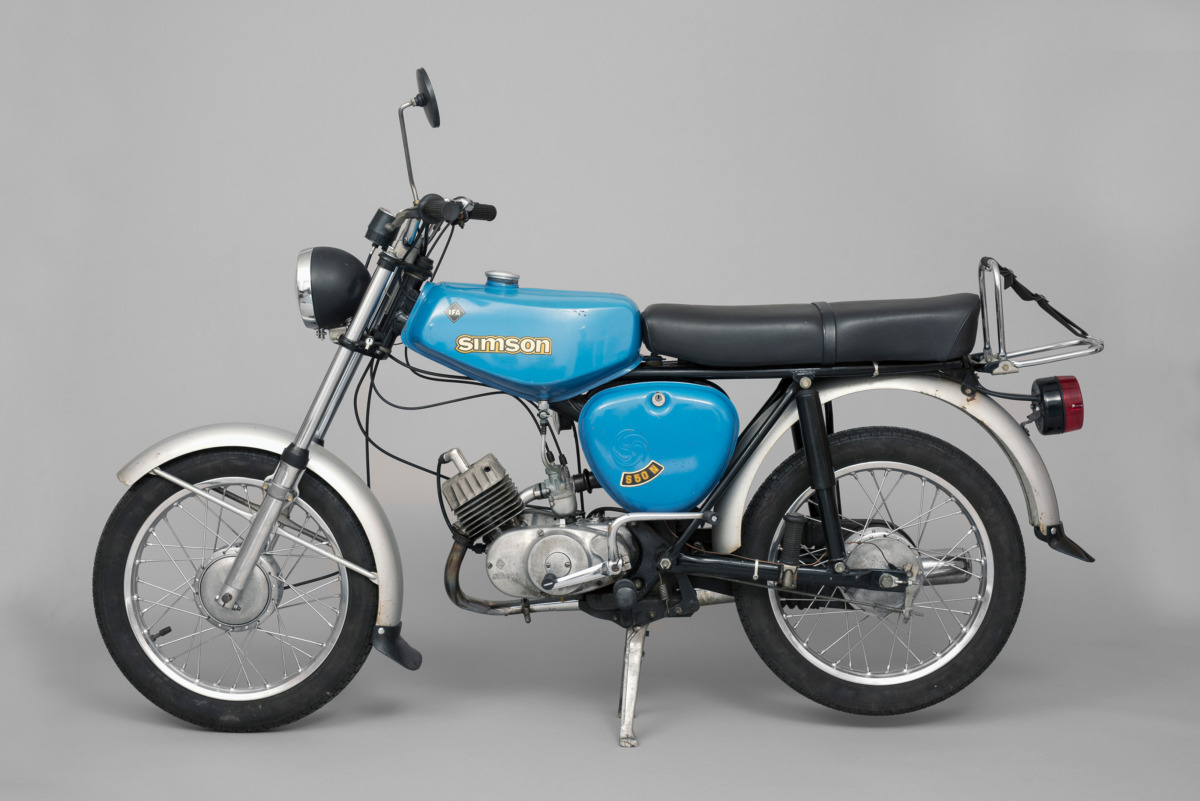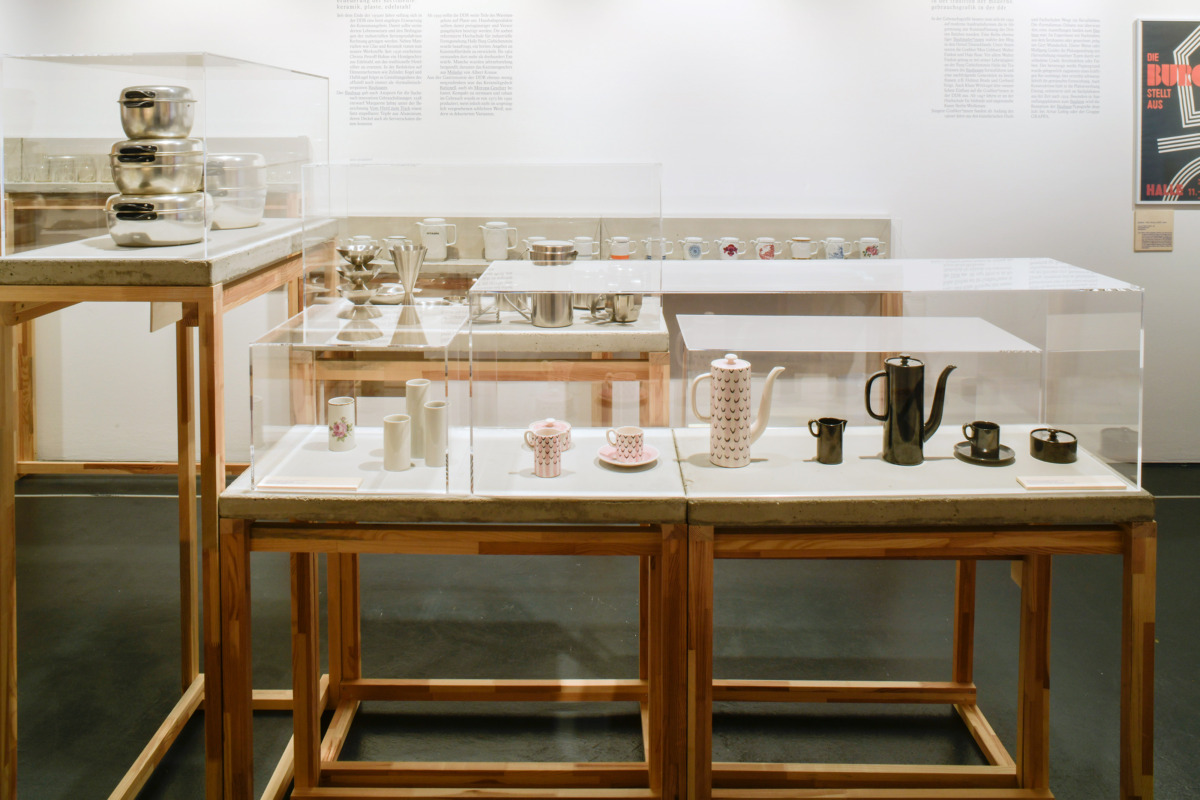“Shaping Everyday Life! Bauhaus modernism in the GDR“ is an exhibition of the Museum Utopie und Alltag, Eisenhüttenstadt, which was developed in 2019 as part of the Bauhaus centenary. It examines the reception of the Bauhaus in the GDR.
The Werkbundarchiv – Museum der Dinge, Berlin is taking over the exhibition in a slightly different form, in line with this year’s program focus on “East Modernism”.
Functional, durable and optimized for industrial mass production: “Shaping everyday life!” presents objects that were part of everyday life in the GDR – furniture, glassware, ceramics, technology and graphic design – and biographies of the designers who followed the tradition of the Bauhaus and contributed to the continuing development of its design principles and modern product design.
For example, the exhibition spotlights the design of furniture by the Deutsche Werkstätten Hellerau by displaying work by furniture designers Franz Ehrlich, Selman Selmanagić and Rudolf Horn. The furniture factory had become well known for its innovative products as early as the beginning of the 20th century.
The impact of modern and functional design, for example of designs by Wilhelm Wagenfeld, on the glassware and ceramics created by Friedrich Bundtzen, Erich Müller, Margarete Jahny, Ilse Decho and Christa Petroff-Bohne is also explored. The exhibition shows how designers such as Albert Krause applied the principle of functional, durable and practical design to new materials such as plastics. In addition, the concept of “living functionality” was further developed to achieve greater flexibility and user-friendliness, as seen in approaches such as the “open principle” demonstrated by the Mokick Simson S50 moped designed by Karl Clauss Dietel and Lutz Rudolph, for example.
The exhibition also examines the contradictions in the GDR government’s approach to the Bauhaus heritage in its cultural policies. Initial attempts to revive the Bauhaus tradition were followed by campaigns against so-called “formalism”, a ban on Bauhaus-style design and a return to what were regarded as national traditions in design. Modernism was tentatively rehabilitated when housing began to be constructed on an industrial scale. It was not until the refurbished Bauhaus Dessau was reopened in 1976 that the former school of design was adopted as part of the official cultural heritage of the GDR.
„Alltag formen!“ beleuchtet die langsame Annäherung an das Bauhaus-Erbe in der DDR, über erste Publikationen und Ausstellungen in den 1960er Jahren bis hin zu Präsentationen wie die 1988 in Kooperation mit dem Westberliner Bauhaus-Archiv in Dessau gezeigte Ausstellung „Experiment Bauhaus“, die zum Gegenstand kulturpolitischer Selbstdarstellungen wurden.
Shaping everyday life! explores how the Bauhaus heritage gradually became accepted in the GDR. It considers early publications and exhibitions in the 1960s as well as later exhibitions, including the exhibition entitled “The Bauhaus Experiment” which was held in Dessau in 1988 in collaboration with the Bauhaus Archive in West Berlin. Exhibitions such as these were used to promote the GDR’s cultural and political image.
Notwithstanding the chequered history of the reception of the Bauhaus, particularly during the years of the Soviet Occupation Zone and the early years of the GDR, former Bauhaus designers such as Mart Stam and Walter Funkat inspired the next generation of designers by their design practice and teaching at East German universities. The graduates of those universities would in turn have a profound impact on everyday culture.
The exhibition „Shaping everyday life!“ traces the exciting development of the reception of Werkbund and Bauhaus inspired modern design in the GDR and invites visitors to discover a hitherto long-neglected chapter in German design history.
